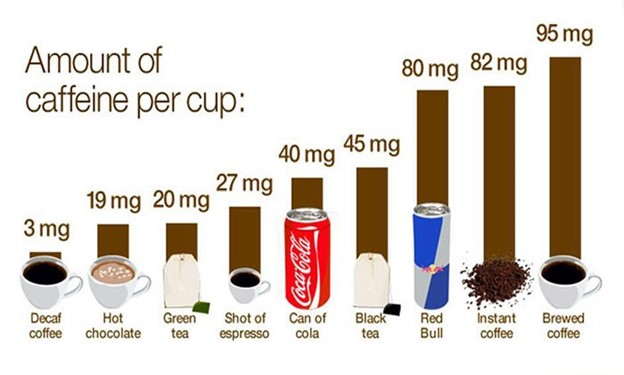A nurse is reinforcing teaching with a client who has diabetes mellitus and is taking insulin lispro and insulin glargine. Which of the following instructions should the nurse include in the teaching?
"Draw up the insulin lispro and insulin glargine in separate syringes."
"Expect insulin glargine to be cloudy."
“Take an extra dose of insulin lispro prior to aerobic exercise."
"Anticipate that the insulin glargine will peak in 3 hours."
The Correct Answer is A
Insulin lispro is a rapid-acting insulin, while insulin glargine is a long-acting insulin. It is important to keep them separate to maintain their individual properties and avoid any potential interactions or changes in their effectiveness.
Insulin glargine is a clear solution and should not appear cloudy. Cloudiness in insulin can indicate contamination or improper storage.
The instruction to "take an extra dose of insulin lispro prior to aerobic exercise" is not recommended. The client should consult with their healthcare provider to determine if any adjustments to their insulin regimen are necessary for exercise. Typically, adjustments are made based on the individual's blood glucose levels and anticipated intensity and duration of exercise. Insulin glargine is a long-acting insulin that provides a steady release of insulin over a prolonged period, without distinct peaks or valleys in its action. Its onset of action is gradual and its effect lasts for approximately 24 hours.
It is important for the client to receive accurate and appropriate instructions regarding their insulin regimen. The nurse should clarify any misunderstandings and provide accurate information to promote safe and effective diabetes management.
Nursing Test Bank
Naxlex Comprehensive Predictor Exams
Related Questions
Correct Answer is B
Explanation
Among the given options, 240 mL (8 oz) of hot cocoa typically contains the least amount of caffeine. While the exact caffeine content can vary depending on the brand and preparation method, hot cocoa is generally considered to have a lower caffeine content compared to brewed green tea, instant coffee, or cola soft drinks.
However, it's worth noting that hot cocoa may still contain a small amount of caffeine, although significantly less than the other options mentioned.

Correct Answer is ["A","B","C","D"]
Explanation
Provide the client with written information about advance directives: It is important for the nurse to educate the client about advance directives, their purpose, and how they can make informed decisions about their healthcare.
Instruct the client that an advance directive is a legal document and must be honored by care providers: The nurse should explain to the client that an advance directive is a legally binding document that guides healthcare decisions, and it must be respected and followed by healthcare providers.
Communicate advance directives status via the medical record and shift report: The nurse should ensure that the client's advance directives status is accurately documented in the medical record and communicated to other members of the healthcare team during shift handoffs. This helps ensure that the client's wishes are known and respected by all involved in their care.
Initiate a power of attorney for health care document: The nurse can assist the client in initiating a power of attorney for healthcare document if the client wishes to appoint someone as their healthcare proxy or agent. This document designates someone to make medical decisions on behalf of the client if they become unable to do so.
The other options listed are not appropriate or accurate in relation to the responsibilities of the nurse regarding advance directives:
Document that the provider discussed-do-not-resuscitate status with the client: While discussing do-not-resuscitate (DNR) status may be part of the advance care planning process, it is not directly related to advance directives as a whole.
Inform the client that an advance directive discontinues further care: This statement is incorrect and misleading. An advance directive does not automatically discontinue care but rather guides the provision of care according to the client's wishes.
Whether you are a student looking to ace your exams or a practicing nurse seeking to enhance your expertise , our nursing education contents will empower you with the confidence and competence to make a difference in the lives of patients and become a respected leader in the healthcare field.
Visit Naxlex, invest in your future and unlock endless possibilities with our unparalleled nursing education contents today
Report Wrong Answer on the Current Question
Do you disagree with the answer? If yes, what is your expected answer? Explain.
Kindly be descriptive with the issue you are facing.
